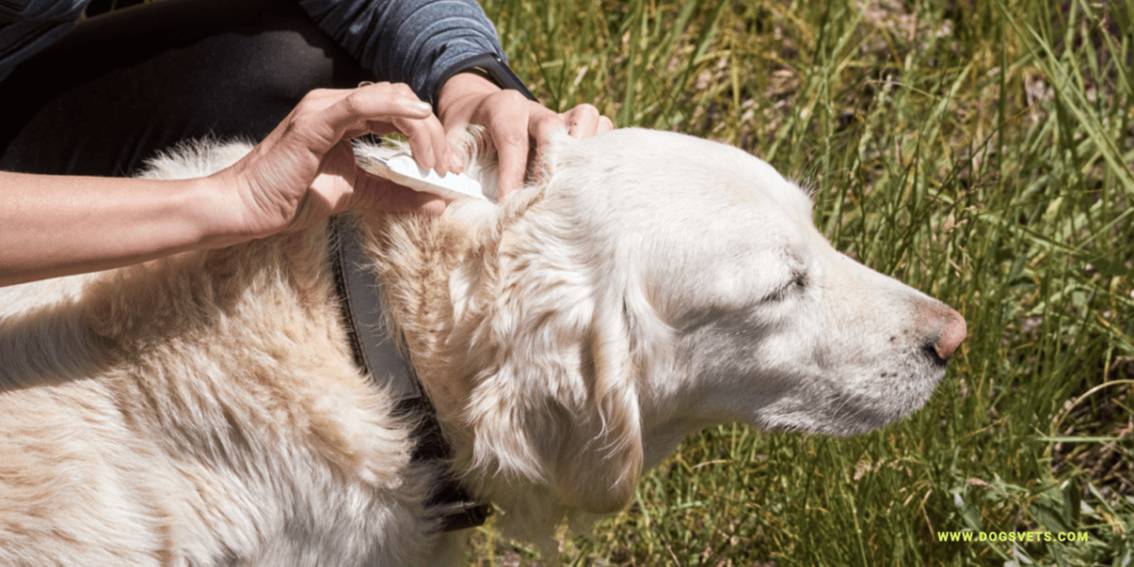Seizures Signs Dogs Can Suffer From
Dog seizure symptoms: Seizures are frightening events for any dog owner. They result from abnormal electrical activity in the brain. Understanding seizures helps you provide the best care for your pet.
Recognizing a Seizure
A seizure often has distinct stages. The “ictal” phase is the seizure itself. Your dog may fall on their side. Their body may stiffen or paddle their legs. They might chomp their jaw or drool excessively. Some dogs lose control of their bladder or bowels. They will not be aware of their surroundings. The seizure typically lasts a few seconds to a few minutes.
Know the Phases
Many dogs experience a “pre-ictal” phase, or aura, before a seizure. They may seem anxious, clingy, or restless. They might whine or shake. After the seizure, the “post-ictal” phase occurs. Your dog may seem confused, disoriented, or temporarily blind. They might pace endlessly or drink large amounts of water. This recovery period can last minutes to days.
Common Underlying Causes
Idiopathic epilepsy is a common cause. This is a genetic disorder with no underlying brain disease. It often affects certain breeds like Border Collies and Labrador Retrievers. Other causes include liver disease, kidney failure, or low blood sugar. Toxins, such as ingestion of poisonous plants or chemicals, can trigger seizures. Brain tumors or head trauma are also potential causes.
What to Do During a Seizure
Your most important job is to stay calm. Keep your hands away from your dog’s mouth. They cannot swallow their tongue, but they might bite you unintentionally. Move furniture or other objects away to prevent injury. Time the seizure. Dim the lights and speak to your dog in a soft, reassuring voice. Do not try to restrain them.
When to Seek Emergency Care
A single seizure usually is not an immediate emergency. However, certain situations require urgent veterinary attention. Contact your vet if the seizure lasts longer than five minutes. This is a life-threatening condition called “status epilepticus.” Go to the clinic immediately if your dog has multiple seizures in a 24-hour period. Also seek help if a second seizure begins before your dog fully recovers from the first.
Diagnosis and Management
Your veterinarian will perform a full physical and neurological exam. They may recommend blood tests to rule out metabolic causes. Advanced imaging like an MRI can look for brain abnormalities. If your dog has frequent seizures, your vet will likely prescribe anticonvulsant medication. This medication manages the condition but does not cure it. Regular blood tests monitor the drug’s levels and effects.
Dog seizure symptoms: While witnessing a seizure is scary, many dogs with epilepsy live full, happy lives with proper veterinary care and owner vigilance.



